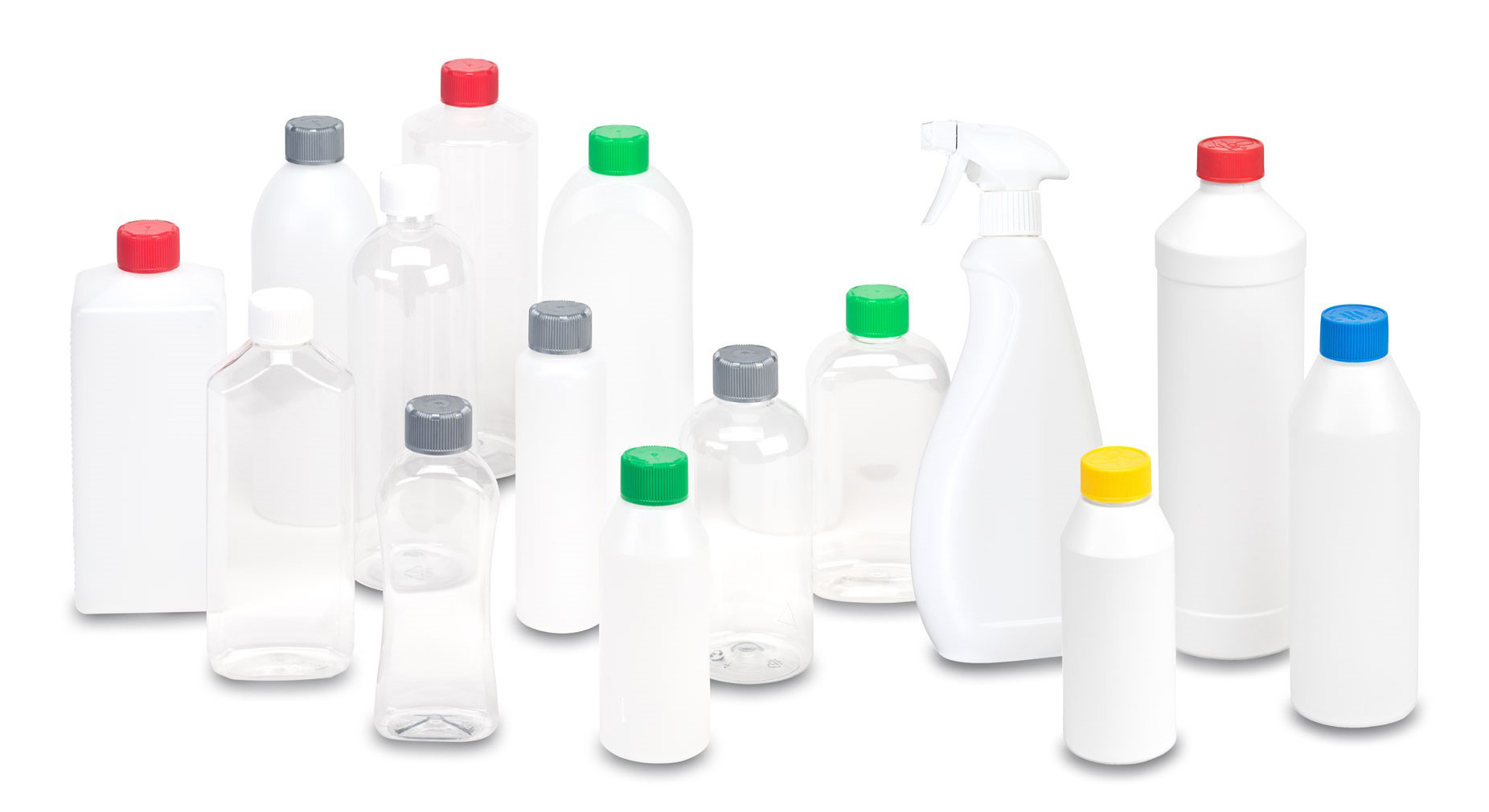LINDNER SPRÜHSYSTEME OFFERS CHILD-RESISTANT PACKAGING FOR HAZARDOUS SUBSTANCES IN HOUSHOLDS
According to the German Federal Institute for Risk Assessment (BfR), domestic accidents involving children who come into contact with chemicals and either swallow those, splash them onto their skin or eyes are the second most common accident type after falling accidents. Therefore, the European Union “Classification, Labelling and Packaging” Regulation (CLP Regulation) dictates that certain hazardous household substances and mixtures posing a danger to children be packaged in a child-resultant way. For that reason, the LINDNER SPRÜHSYSTEME GmbH offers, among other things, certified child-resistant packaging.
EVERYDAY HOUSEHOLD HAZARDS
In almost every household, on closer inspection, are different products to be found that may pose a danger to a child. These include for example household detergents, cleaning agents, drain cleaners, lamp oils, paints and lacquers etc.
Especially small children are at risk. Out of their thirst for knowledge and joy of discovery they learn about their surroundings through touch, sucking or chewing and therefore can swallow consumer chemicals that they find at home. In particular, colourful detergents and cleaning agents or bright paints and lacquers catch the child´s attention. Child-resistant packaging has to prevent small children from accessing those harmful household substances.
In the EU the CLP Regulation stipulates which substances and mixtures are to be packaged in a child-resistant way. Different standards specify the requirements and test methods for CRPs. For reclosable packages the international standard ISO 8317 and for non-reclosable DIN EN 14375 are Europe-wide recognized standards. Certification bodies accredited according to the DIN EN ISO/IEC 17065 are responsible for the testing and certification of child resistant packaging.
During the testing procedure up to 200 children aged between 42 and 51 months are asked to open a package. A child resistant package has to be impossible to open for at least 85 percent of the children. As the child-resistant packaging has also to be senior-friendly, the package is tested with a panel of adults aged between 50 and 70.
THE ENTIRE PACKAGE HAS TO BE CERTIFIED
A closure alone can´t be approved as child-resistant without the corresponding container, thereby a package has to be tested and certified as a whole. In order to avoid confusion, the certificate of child resistance must indicate the names of the closure(s) and container(s) tested and the corresponding basic mass.
A child resistant package usually requires a special ‘trick’ to open it – something too complicated for most small children to figure out. For example, users might have to push the closure downward while turning it counterclockwise until it rotates and opens.
CHILD-RESISTANT PACKAGING FROM LINDNER
There is a great variety of child-resistant packaging on the market. In addition, the LINDNER SPRÜHSYSTEME produces a wide range of child-resistant packages.
„Child-resistant packaging is a rather simple way to protect small children at home and to prevent severe accidents. For that reason, our child-resistant packages, that minimize the risk as much as possible, are always in demand,” Stefan Lindner, Managing Director of LINDNER SPRÜHSYSTEME GmbH, explains.
“In case of new packaging development, we support our customers throughout the whole process: from an idea to a one-stop solution tailored to the customer´s needs and from there to the handling of the certification for child resistance. The safety of the end user and thereby protection of the manufacturing or distributing companies from legal ramifications play a central role in this process.”
For further information regarding child-resistant packaging please visit: https://www.lindner-kunststoffprodukte.de/en/child-resistant-packaging/
(From the Pressebox by Sarah Blakowski, 18 June 2019)



